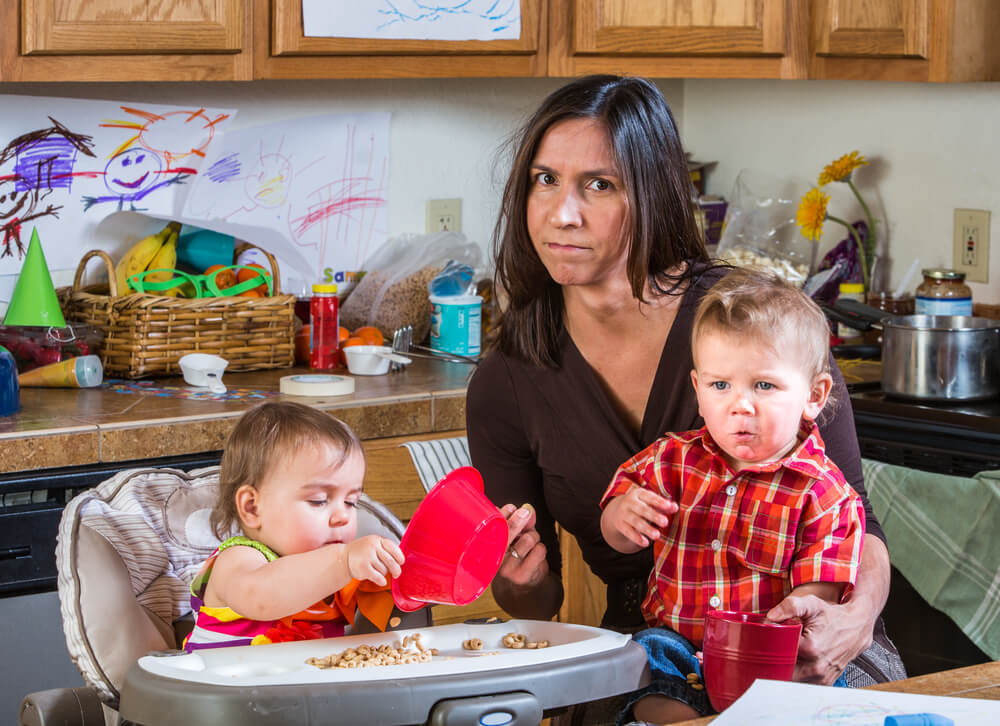Today there are a large number and a wide variety of familiar forms that have little or nothing to do with the more traditional concept, one of the new emerging forms is the single-parent one and they are characterized by the absence of one of the adults. who formed the basis of this traditional typology (father, mother and children).
Like all kinds of families, it has its peculiarities that differentiate it from other formats, among them highlights the fact that many children, before fulfilling, had to live in a situation of conflict created and maintained by their parents. many other differences that reveal the process of adaptation that they have had to go through in recent decades to fully integrate into society (and what society has also had to do, with varying degrees of resistance, to accommodate them).
- This type of family unit consists of an adult who has assumed responsibility for one or more children.
- However the concept is very broad because it encompasses a lot of cases.
“Divorced people are people who have not been able to find a good marriage; but are they also people who have not accepted a bad marriage?. . Paul Bohannan?
In many cases, the absence of one of the parental figures reinforces the emotional link between the father/mother and the children, in addition, in the absence of one of the reference figures, independence in decision-making about education and children’s lives is much greater. This also extends to the lack of discussion of the educational criteria used in children’s education. This more relaxed and flexible atmosphere can create a more pleasant family atmosphere.
In general, in such single-parent families, individuals who do not have one of the reference figures are more independent, many assume the role of this absent parent and acquire more important responsibilities than those required by their age, sometimes these forced demands or adaptations help them mature, but they can also become a weakness, as we will see below.
One of the main difficulties facing this type of family is the exposure of young children to conflicts between their parents, during consultations we are direct witnesses of how the problems that arise in the couple directly affect children, an impact that, in many cases, leaves a deep mark that resonates beyond childhood. Anywhere, you can add a rejection that children may suffer from not belonging to a traditional family.
The difficulty of maintaining dialogue and reaching agreements facilitates unilateralism in important decision-making, this loneliness in fulfilling educational tasks increases the daily workload of the caregiver, who begins to have less time and re-goals on his scale of priorities.
In addition, the parent does not have the opportunity to express opinions, discuss solutions to potential problems, or simply delegate responsibility for certain decisions to another. In single-parent families, there may be no cooperation and shared space in the education of children.
In fact, in single-parent families, children generally don’t respect adult privacy because they don’t know in practice how intimate a couple is, so in some cases they interrupt phone conversations or interfere with decisions that don’t. they are concerned, because of their immaturity.
There may also be an increase in the permissiveness of children who somehow tend to take advantage of this dual role of father and mother. However, as mentioned above, sometimes the child can assume the role of the lost figure. For example, you don’t want the mother to go out with friends, challenge the father’s orders, or ask to share the bed.
The most negative part of this situation is that the adult unconsciously accepts this permissiveness, there is no partner (or other person in their absence) so involved in raising the child that it can be a mirror so that the parent understands that he or she is not promoting their child.
However, single-parent families are united by the same “glue” that unies with any other type of family: love, protection, safety, and ongoing care. The fact that they have strengths and vulnerabilities simply adds a touch of peculiarity to their situation.

